Nestled in northwestern Tunisia, Beja is rich in history, culture, and architectural marvels. Known for its scenic landscapes, fertile plains, and deep-rooted heritage, it has been a crossroads for various civilizations over the centuries. Among its many historical treasures, the Great Mosque of Beja symbolizes Tunisia’s architectural and religious evolution. This ancient mosque is not only a place of worship but also a testament to the city’s diverse past, drawing history enthusiasts, travellers, and architecture lovers from around the world.
Table Of Content
The Great Mosque of Beja: A Historical Legacy
The Construction of the Mosque
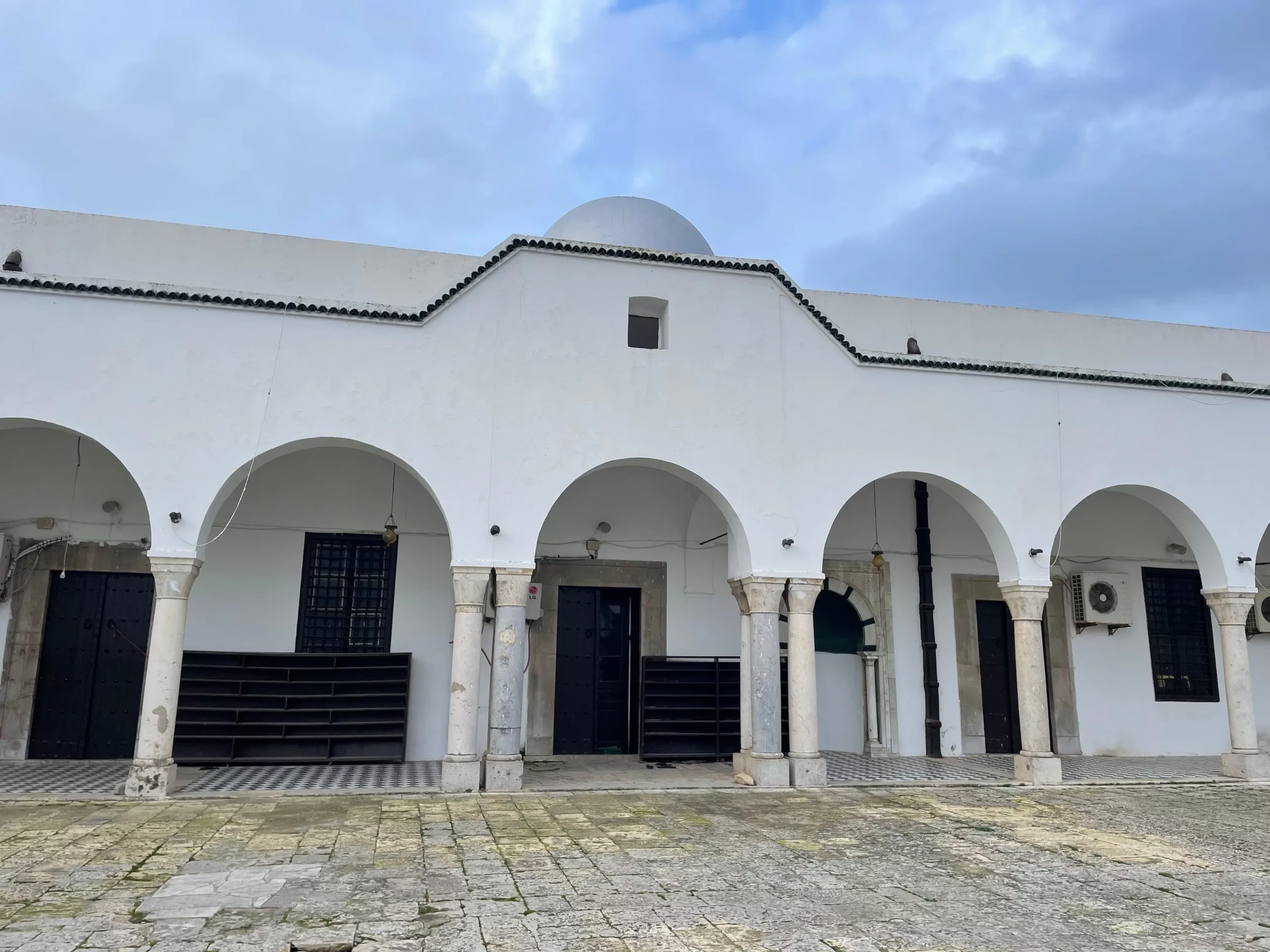
The site where the mosque stands today has witnessed centuries of transformation. Originally, it was a pagan temple dedicated to the Roman goddess Tellus. In the 4th century AD, the temple was repurposed into a Christian basilica, which was later destroyed in 480 AD during the Vandal invasion.
The basilica was rebuilt in 533 AD under the orders of Emperor Justinian I, but it faced destruction once again during Abu Yazid’s rebellion in the 10th century. Recognizing the significance of the site, Fatimid Caliph Al-Mansur Billah ordered the construction of a grand mosque in 945 AD, establishing what is now known as the Great Mosque of Beja.
Renovation and Preservation
Over time, the mosque deteriorated. In 1922, the people of Beja, with the support of Bey Muhammad Al-Nasir, initiated a major restoration project. Their efforts ensured the mosque’s preservation for future generations.
Architectural Features of the Great Mosque of Beja
- The Prayer Hall
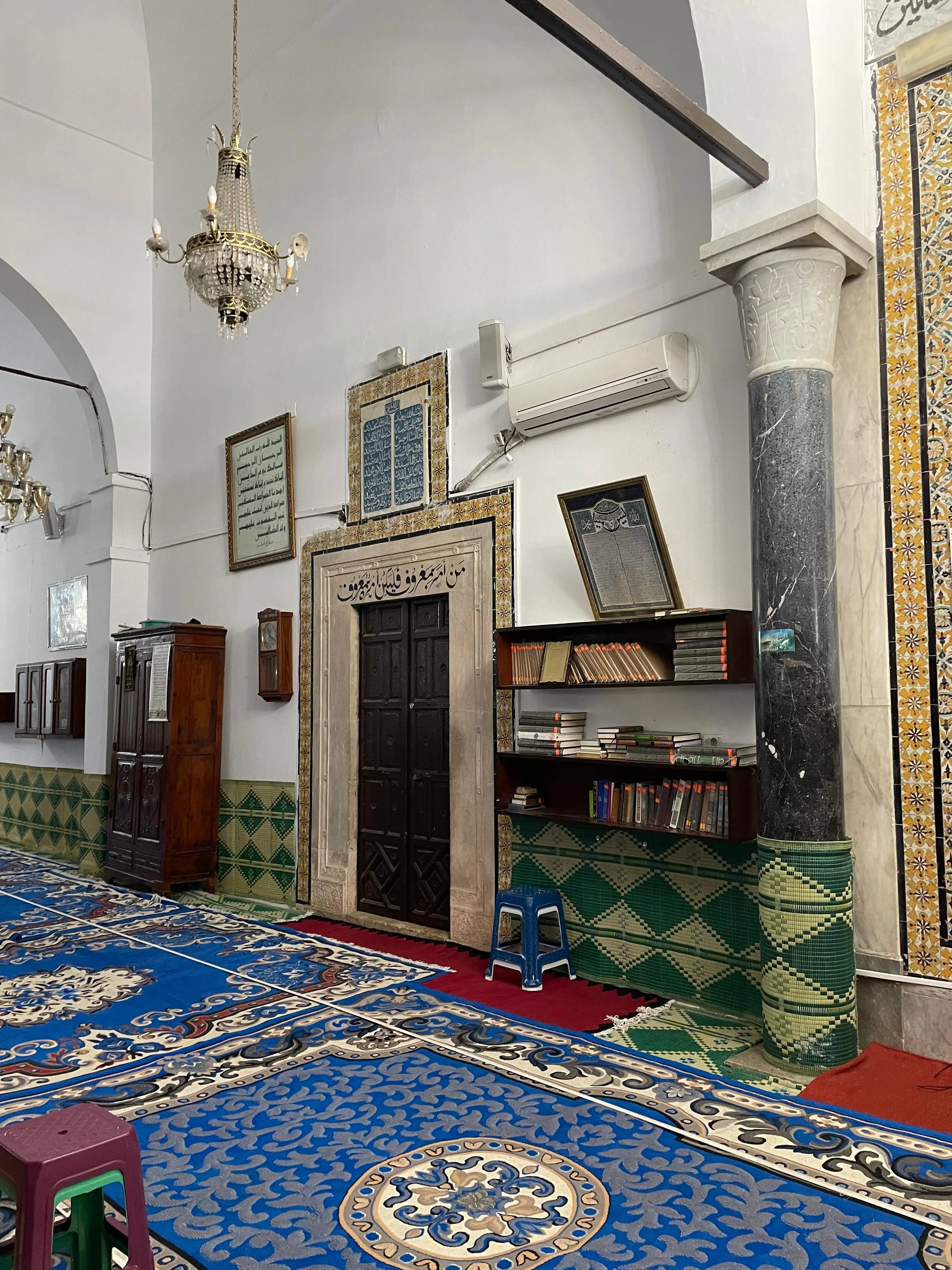
The prayer hall connects to the courtyard through six doors, while a separate entrance leads to the funeral prayer area. The hall consists of thirteen aisles, with the central aisle, called the transverse nave, leading directly to the mihrab (prayer niche).
Inside, sixty marble columns support a network of semicircular arches and vaulted ceilings. Due to their weight, the architect reinforced the columns with wooden beams and iron clamps. Additionally, 26 stone buttresses were added to enhance stability.
- The Mihrab – A Masterpiece of Islamic Art
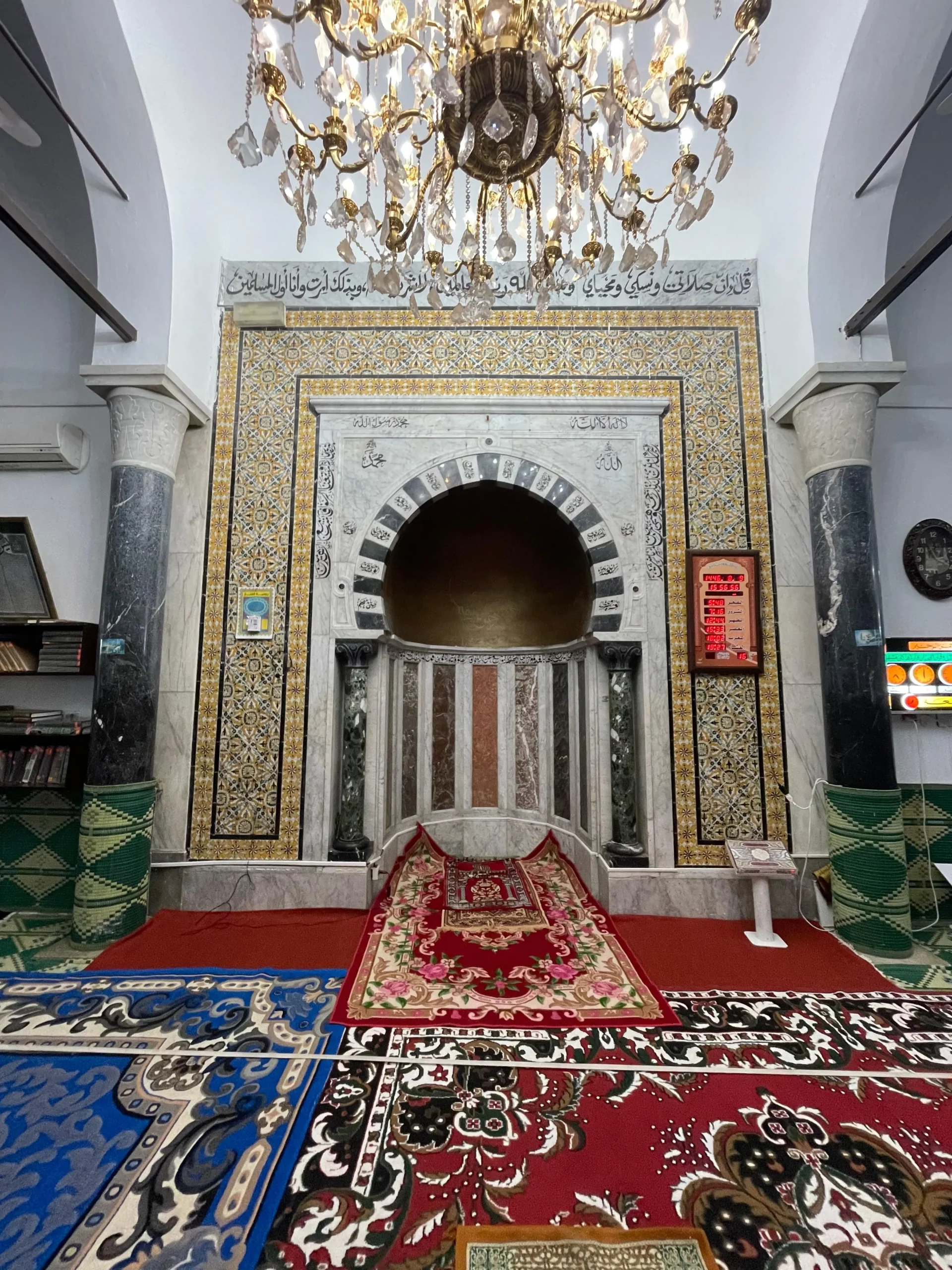
The mihrab is a semi-circular niche measuring 1.6 meters in diameter, 1.4 meters in depth, and 2.95 meters in height. Its surface features multicoloured marble and shimmering ceramic tiles, making it a stunning focal point.
Two majestic green marble columns, originally from the Great Mosque of Baghdad, frame the Mihrab. Their Turkish-style capitals add a unique touch. Additionally, the names of the ten companions of Prophet Muhammad who were promised paradise are engraved on the marble, further enriching its significance.
The Cultural Significance of the Great Mosque
Located in the heart of city, the Great Mosque of Beja remains a monument of Tunisia’s Islamic heritage. It serves as a bridge between past and present, reflecting the city’s historical depth.
Nearby, the Bey’s Mosque, built in 1675 by Murad II Bey, adds to the city’s spiritual richness. In 1685, Mohamed Bey El Mouradi expanded it by adding a Madrasa (Islamic school), reinforcing Beja’s role as a centre for learning and faith.
With its ancient Roman ruins, white terraces, and red rooftops, Beja offers a captivating blend of history and natural beauty. The Great Mosque of Beja stands as a testament to the city’s enduring legacy, reminding visitors of its historical and architectural grandeur.
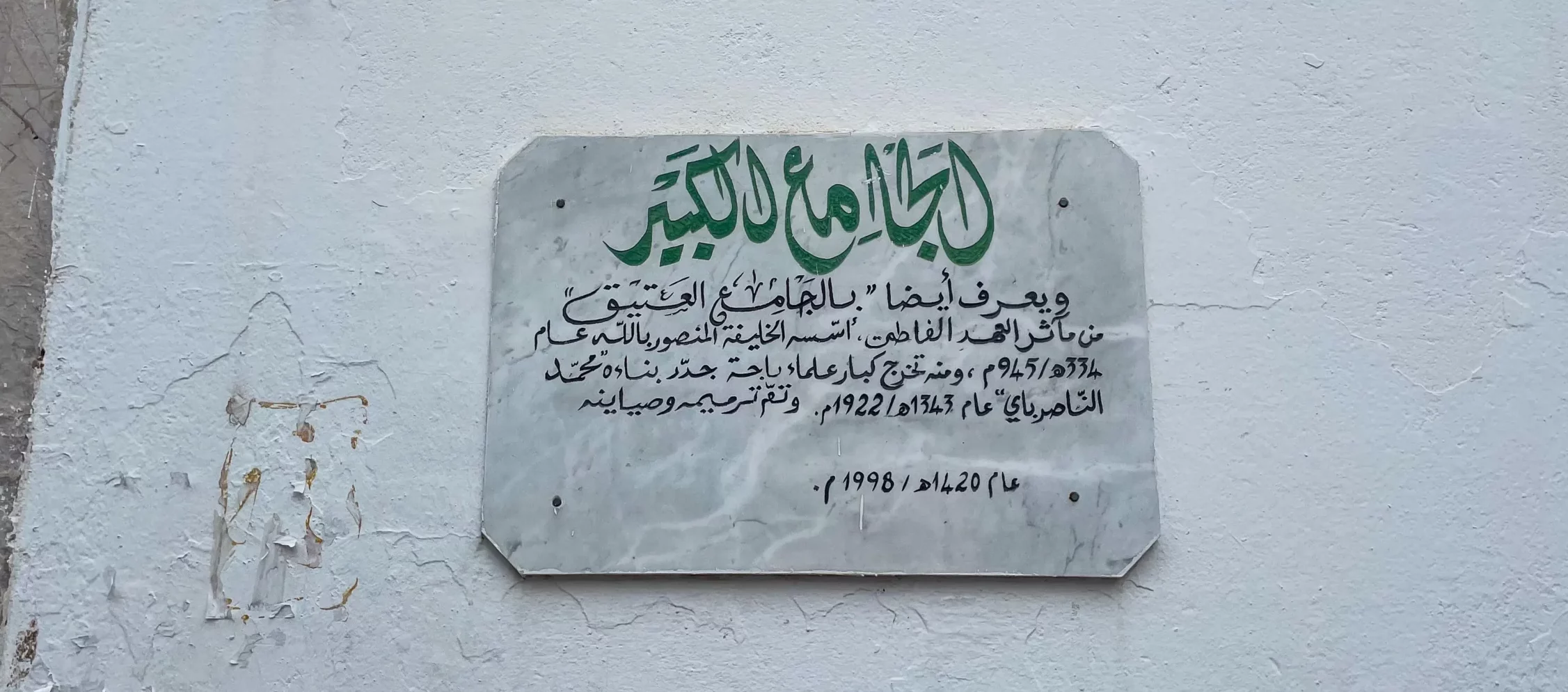
Plan Your Visit to Beja
Are you passionate about history, architecture, or cultural exploration? If so, the Great Mosque of Beja should be on your travel list. Walk through its timeless corridors, admire its intricate Islamic design, and immerse yourself in Tunisia’s rich heritage.
Would you like to explore more historic sites in Tunisia? Share your thoughts in the comments below!
Extremely motivated to constantly develop my skills and grow professionally. I try to build my knowledge, flexibility, and interpersonal skills through several projects and within different teams.



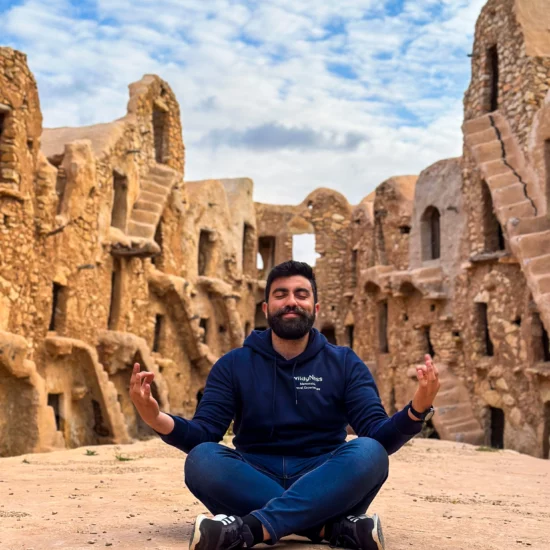
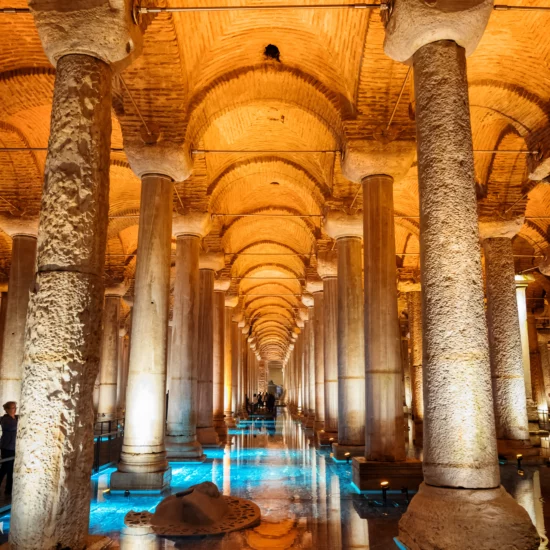
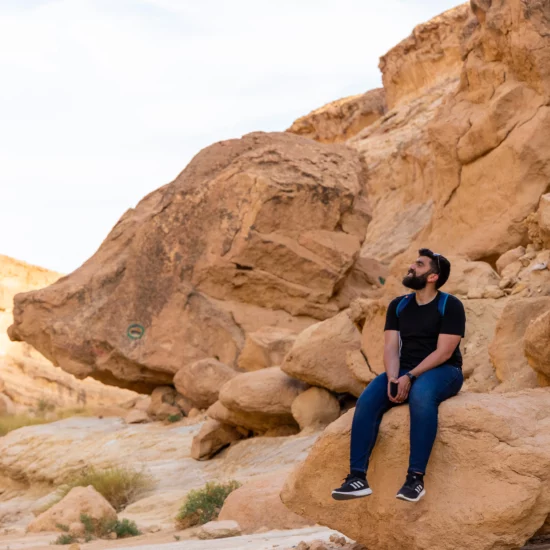
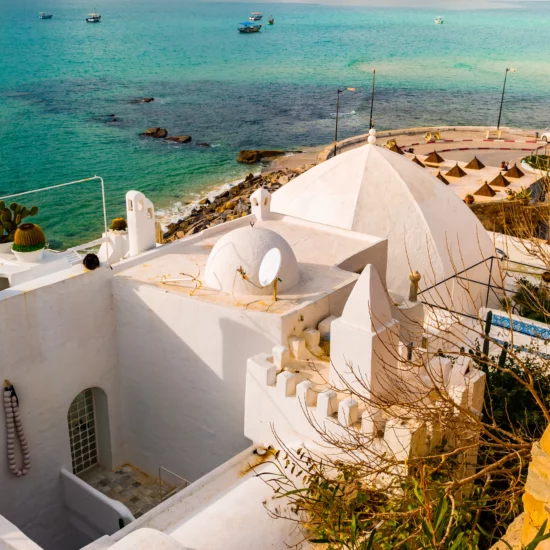
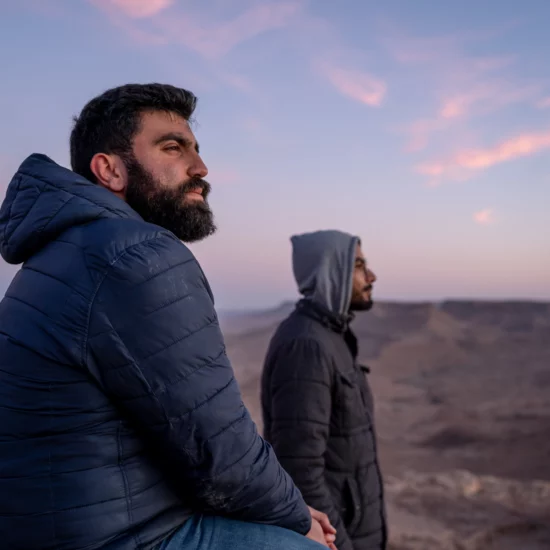
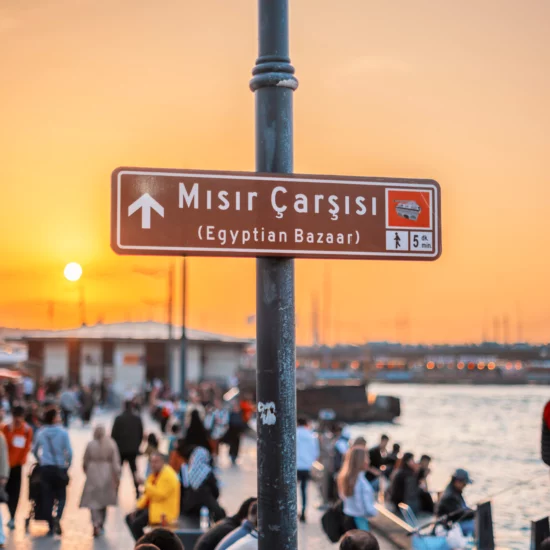


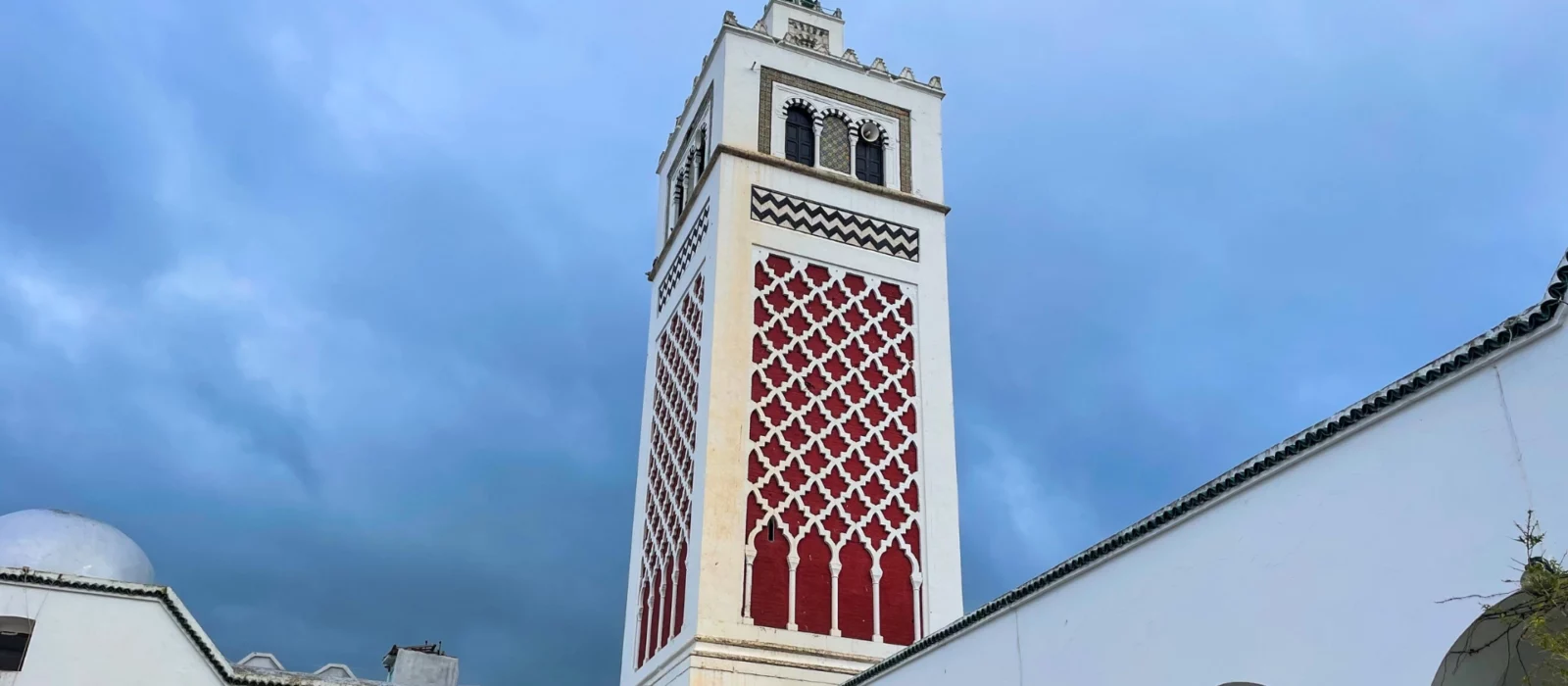
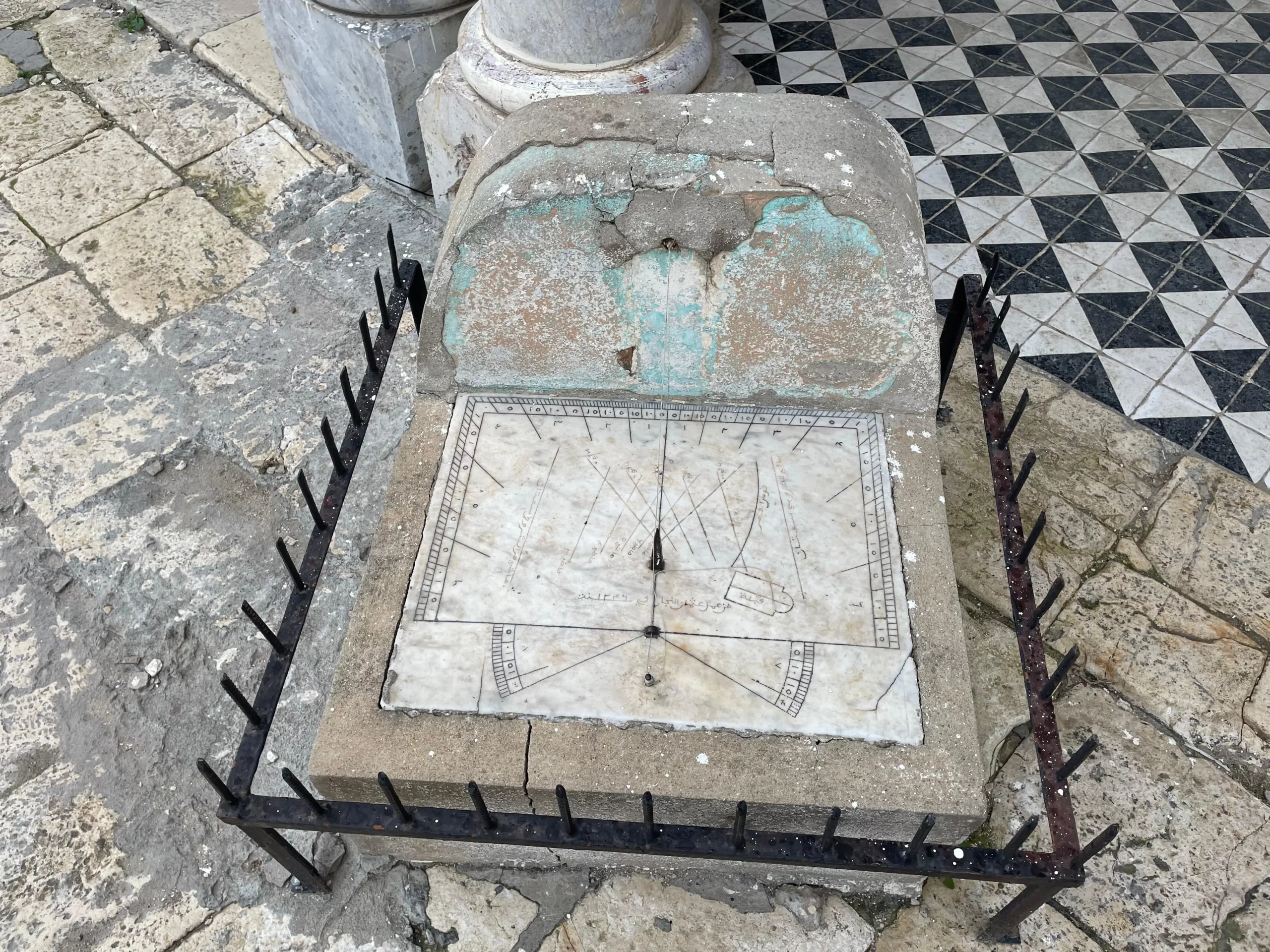

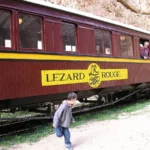
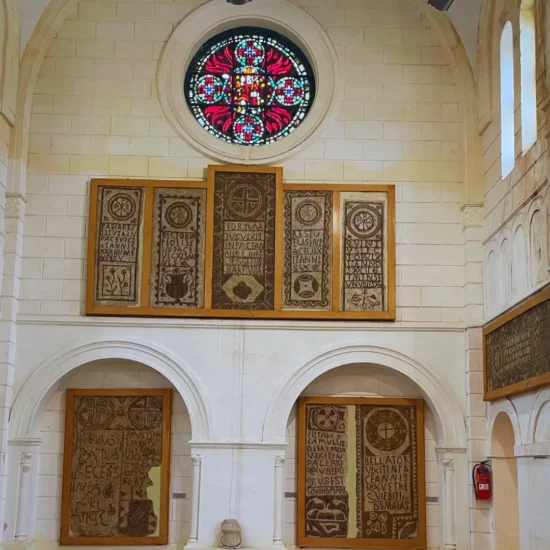
As a student of Islamic architecture, this post is a great summary. Thanks for sharing!
This mosque is a perfect example of Tunisia’s diverse heritage. More people should know about it!
The mosque’s history is truly inspiring. I visited Beja last year, and the architecture took my breath away!
Great Info !